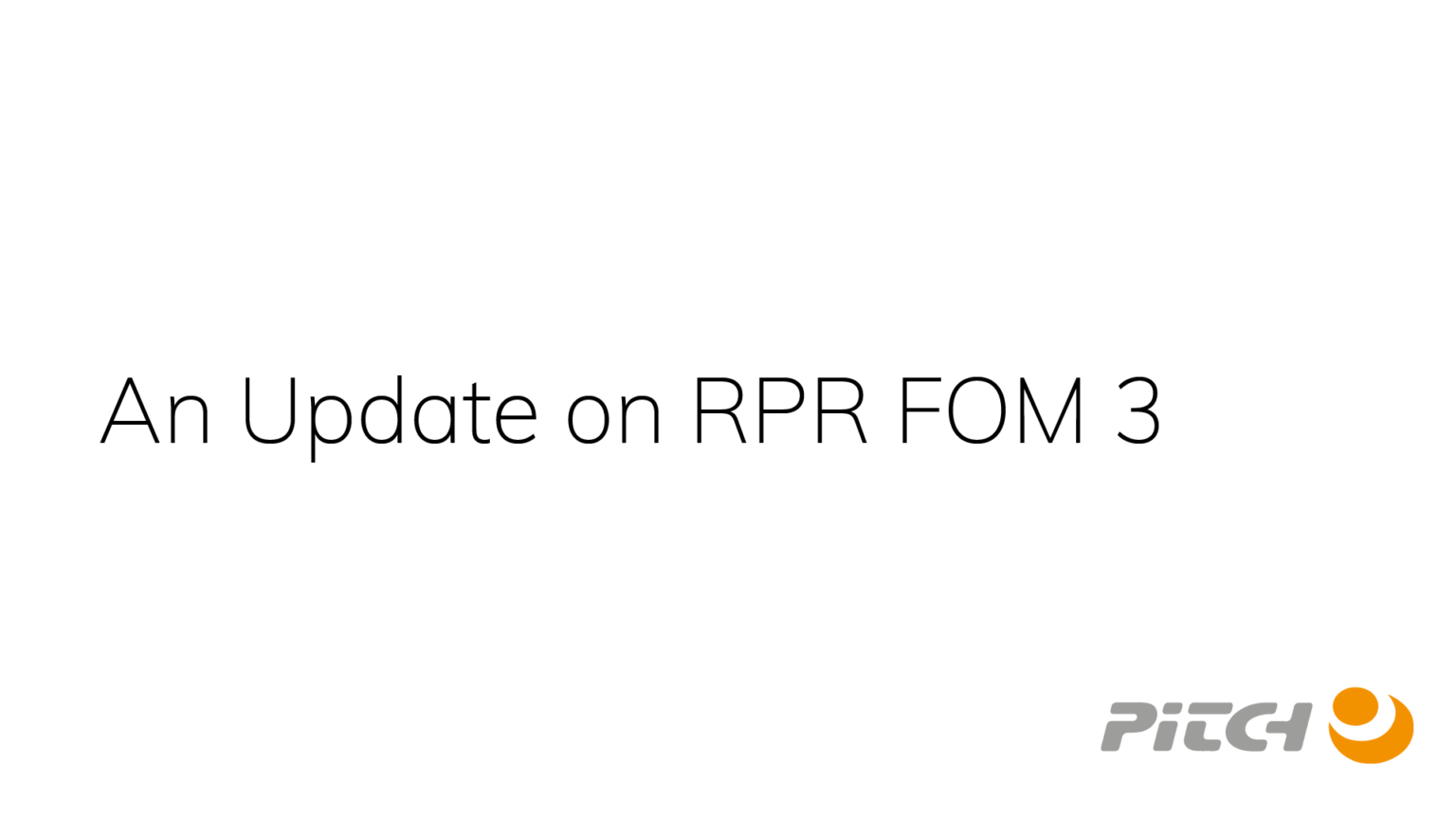The purpose of the SISO Real-time Platform Reference FOM (RPR FOM) version 3 is to support real-time platform simulation, matching the capabilities of DIS 7. It will also address some issues in RPR FOM 2. RPR FOM 3 is expected to be completed during 2020. Experimental versions of several FOM modules already exist. This paper summarizes the current status, new and improved capabilities and provides some background and rationale.
Some of the key new features relate to IFF (Identification Friend or Foe), Directed Energy Fire, Information Operations and Entity Appearance and Capabilities. For IFF, Mode 5 and Mode S are the most important additions. The IFF module has also been restructured to better represent the different modes of transponders and interrogators as well as the Interactive Mode. The new Information Operations module is very generic, using two interactions with an extendable set of Actions and Statuses and is expected to be useful for operations like electronic warfare, computer network operations, psychological operations, military deception, and operations security. For Entity Appearance and Entity Capabilities, a number of missing properties have been added, based both on DIS 6 and DIS 7.
One of the challenges in the FOM design is the DIS Attribute PDU, the question if or how to bridge the different basic principles for extending an information model in DIS versus HLA. Another challenge is the principles for transferring ownership. The representation of time stamps is yet another challenge, in particular for pure HLA federations, needing to use Time Management. This paper summarizes the approach taken, including pros and cons.
RPR FOM 3 will be a valuable step forward, particularly for use in federations that mix HLA and DIS based systems, as a migration path from DIS to HLA and as a starting point for further extension.
Authors: Björn Möller, Aaron Dubois, René Verhage
Publication: Proceedings of 2020 Winter Simulation Innovation Workshop, 2020-SIW-028, Simulation Interoperability Standards Organization, February 2020

